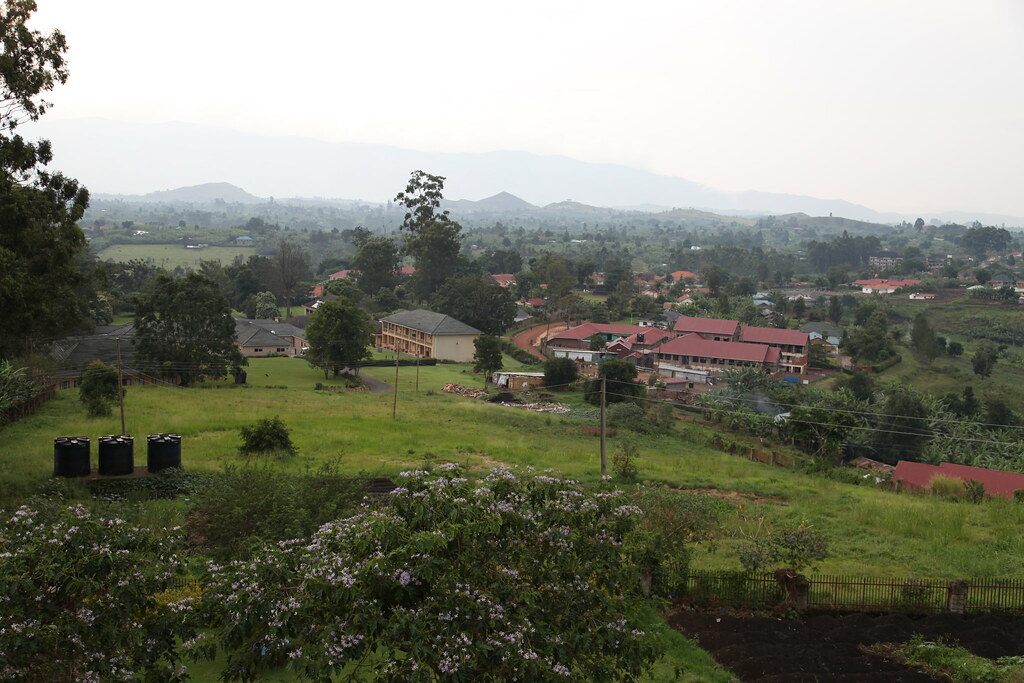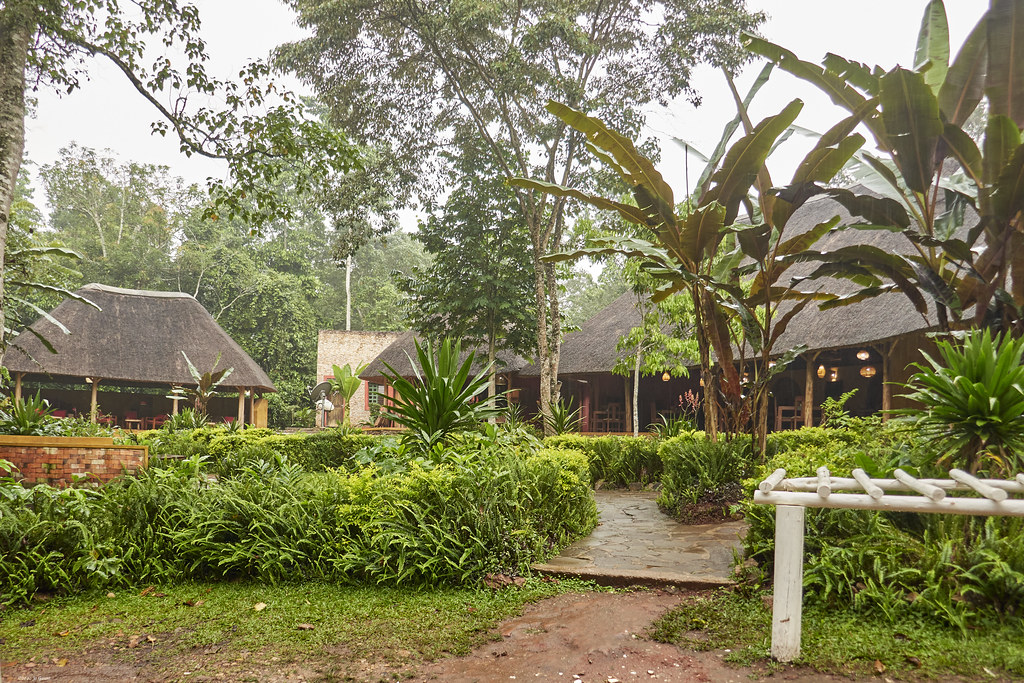
Common Questions About Kibale’s Chimpanzee Habituation
Kibale’s Chimpanzee Habituation offers one of the most immersive wildlife experiences in East Africa. It takes place in Kibale Forest National Park, located in western Uganda’s Kabarole District, often called the Primate Capital of the World. The park is home to more than 1,500 chimpanzees and 13 other primate species, including red-tailed monkeys, blue monkeys, grey-cheeked mangabeys, L’Hoest’s monkeys, black-and-white colobus, and olive baboons.
Chimpanzee habituation is a fascinating process where wild chimpanzees are gradually trained to feel comfortable in the presence of humans. The activity allows visitors to join researchers and guides as they observe the chimps’ behavior in their natural habitat. Besides Kibale, a similar experience is available in Budongo Forest near Murchison Falls National Park, though that program is limited to the low seasons between March and May and October to November.
How Much Does a Chimpanzee Habituation Permit Cost?
A chimpanzee habituation permit in Kibale Forest National Park costs USD 300 per person for international non-residents, USD 250 for foreign residents, and UGX 250,000 for East African citizens. The permit allows visitors to spend up to four hours with a chimpanzee community under habituation and includes the services of professional rangers and researchers from the Uganda Wildlife Authority (UWA).
How to Book Kibale’s Chimpanzee Habituation Permits
Permits for Kibale’s Chimpanzee Habituation can be booked directly through the Uganda Wildlife Authority (UWA) or via a licensed tour operator. To secure a permit, contact us with your preferred dates of travel. We will check availability and, once confirmed, guide you through the payment process. After your deposit is received, your permit will be issued, and we’ll send a scanned copy of the receipt as proof of confirmation.
Booking early is highly recommended, as permits are limited to only four visitors per chimpanzee group per day.
What Makes the Habituation Experience Different from Chimpanzee Trekking?
While chimpanzee trekking allows visitors to spend one hour observing fully habituated chimpanzees, Kibale’s Chimpanzee Habituation is a full-day experience. Participants spend up to four hours with the chimps, following them from the time they leave their nests in the morning until they settle again in the evening. This deeper interaction gives visitors a better understanding of the chimps’ feeding habits, communication, and social behavior.
How Long Does Kibale’s Chimpanzee Habituation Last?
The experience begins early in the morning at the Kanyanchu Visitor Center, where guests attend a briefing about park rules, conservation guidelines, and trekking safety. The habituation activity lasts most of the day, with the four-hour chimpanzee observation period taking place once the group is located. During this time, you’ll have the chance to watch the chimps feed, groom, play, rest, and communicate an incredible window into their complex lives.
Group Size for Kibale’s Chimpanzee Habituation
Unlike chimpanzee trekking, which allows up to eight participants per group, Kibale’s Chimpanzee Habituation permits only four visitors per group each day. This ensures minimal disturbance and a more intimate wildlife experience.
Best Time to Visit for Kibale’s Chimpanzee Habituation
The experience is available year-round, but the best time to visit Kibale Forest National Park is during the dry seasons from June to September and December to February. During these months, forest trails are drier and easier to navigate. The rainy seasons, from March to May and October to November, bring lush greenery and fewer visitors, but trails can be muddy and challenging.
What to Pack for Kibale’s Chimpanzee Habituation
Packing the right gear ensures a comfortable and enjoyable experience. Essentials include insect repellent, a waterproof jacket, long-sleeved shirts and trousers, hiking boots, gloves, a hat, and plenty of drinking water. A camera with extra batteries, binoculars, a small backpack, and energy snacks are also highly recommended.
How to Get to Kibale Forest National Park
Kibale Forest National Park is easily accessible by road or air. By road, it takes about six to seven hours to drive from Kampala via Mubende and Fort Portal or through Masaka and Mbarara. For travelers preferring to fly, Aerolink Uganda operates scheduled and charter flights from Entebbe International Airport to Kasese or Semuliki Airstrips, followed by a short drive to the park.
Kibale is also well-connected to other safari destinations in Uganda, including Queen Elizabeth National Park, Murchison Falls, and Lake Mburo National Park, as well as to Kigali, Rwanda, which is roughly a seven-hour drive away.
Where to Stay During Kibale’s Chimpanzee Habituation
Accommodation options near Kibale range from luxury eco-lodges and midrange forest camps to budget guesthouses. Staying near the Kanyanchu Visitor Center allows easy access to the starting point for the habituation experience.
Plan Your Visit to Kibale’s Chimpanzee Habituation
Kibale’s Chimpanzee Habituation offers an extraordinary chance to join researchers in the wild and observe our closest relatives in their natural home. For more details, tailored itineraries, or to book your permit for the 2026–2027 season, contact us today and let us help you plan your unforgettable primate adventure in Uganda’s Kibale Forest National Park.
Enquire & Get More InformationFind out More About This Blog With A Chat With Travel Specialist Who Is Also Ready To Help You Set Your Tailored Trip With Free Travel Advice and Tips

